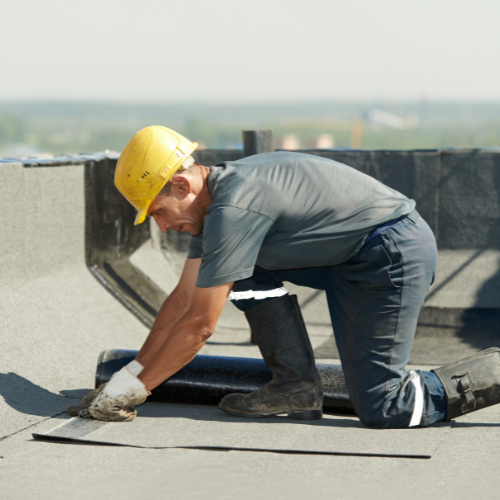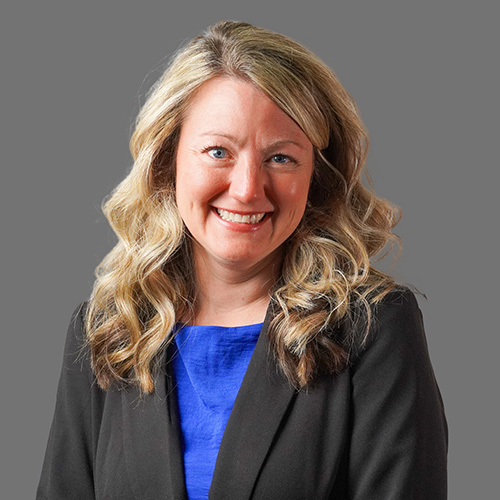
Even when providing accurate roof age data, building owners should be aware of possible coverage complications with claims that involve older roofs. For instance, building owners with policies that offer actual cash value (ACV) coverage could be left with considerable out-of-pocket costs if losses require the replacement of their older roofs. This is because ACV coverage relies on the depreciated value of the affected property or structure when providing a payout. In addition, older roofs may be non-compliant with the latest building codes; not all insurers provide coverage for building code upgrades, which may be required if the roof needs to be repaired or replaced. This coverage gap could further exacerbate out-of-pocket costs. Considering the impact of roof age on commercial property insurance, building owners with older roofs should take action to reduce their risks. Here are some best practices for property owners to keep in mind:
- Conduct regular maintenance and repairs. This can prolong the lifespan of older roofs and preserve their structural integrity. Property owners should also consider including periodic building code upgrades in their maintenance plans.
- Provide accurate documentation. This allows underwriters to conduct accurate calculations and prevents misalignment with insurers. This documentation should include roof maintenance schedules, repair records, and, above all, accurate age data.
- Ensure proper coverage. Building owners should work with insurance professionals to review their policies, determine their specific coverage needs, and secure a policy that provides adequate protection against potential financial losses.
Being aware of an old roof’s impact on commercial property insurance can help business owners take appropriate action to address associated exposures.
Contact us to see how you could minimize risk:

Business Continuity Planning Benefits
Unexpected disasters—like cyberattacks or natural events—can disrupt operations, damage assets, and cause financial and emotional

Employee Spotlight: Carolyn Kinneman
Please join us in welcoming Carolyn Kinneman to the Seubert Team! Carolyn joins Seubert’s Private Client Department as a

QR Codes’ Cybersecurity Risks
QR codes boost marketing and sales but also carry risks like phishing and malware. Learn

